3 steps to telling the difference.
Everywhere you look these days there seems to be more and more ‘free’ foods. Dairy free, gluten free, egg free, nut free… So, it is any wonder that parents are considering food as the culprit if their child has developed unusual symptoms or behaviours.
When considering food as a potential cause, it is important to first understand the difference between a food allergy and a food intolerance.
A food allergy is when your immune system has a strong overreaction to that food. The reaction can cause things like swelling in the face, lips and eyes, hives, tummy pain, vomiting and in some cases, it can lead to difficulty breathing and swelling of the throat. In babies, other symptoms (but uncommon) include reflux, colic, diarrhoea and eczema
A food intolerance on the other hand doesn’t involve the immune system so the symptoms tend to be a little different. Firstly, the reactions can take days to appear after repeatedly eating certain foods. This delay can make it very difficult to find what is causing it. It is a bit like how some people will experience side effects from a medication and others don’t. To make things more confusing, the reactions can be similar to food allergies.
So what do you do if you suspect a food allergy or intolerance:
There is no shortcut or hack unfortunately when it comes to diagnosing food intolerances. Even a blood test can’t find the answer. Any tests you see advertised that say they can, will give you what is known as ‘false positives’. It will tell you have food intolerances that don’t exist. If there was a reliable test then allergy clinics run by medical doctors would offer them. But they don’t.
Now that you have the facts, I have a final word of caution. Don’t eliminate foods or food groups randomly in the hope of finding the culprit. This scattergun approach can do more harm than good and you could be wasting a lot of precious time looking in the wrong places. Unfortunately, we see this all too much in our clinic and it makes me so sad to see mums and dads at the end of their tether and children becoming more and more cautious and confused about food. The knowledge and experience of the right health professional can get you get to an answer quicker and with less disruption to family mealtimes, and as a parent, that’s gold dust!
Written by: Anna D’Arcy, Accredited Practising Dietitian at My Nutrition Clinic. Anna is a mum to two children under 10 years and has 20 years of experience working as a dietitian and helping families reach their health potential.
So how do you know if your child is getting enough iron in their diet? Well firstly it is important to explain that there are two types of iron in food. Iron in foods that come from animals is easily absorbed into the body when we eat it. And the darker the meat, the more iron in there. So, this means that beef and lamb have more iron than chicken – but the iron from both of these meats is easily absorbed by the body.
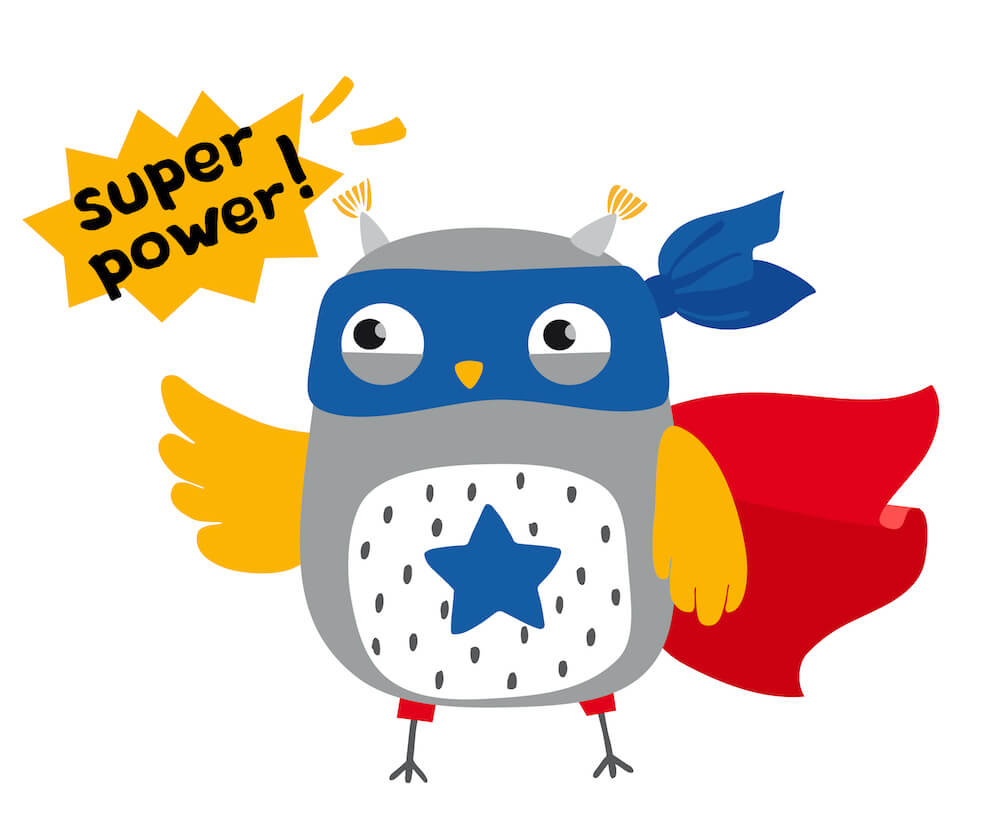
Iron found in plant foods such as broccoli and nuts is harder for the body to absorb. But help is at hand in the form of Iron’s sidekick, Vitamin C. Vitamin C increases the absorption of all iron in food that we eat. Fortunately for broccoli (and most fruits and vegetables), they contain a decent amount of Vitamin C to go with the iron.
Even if you are not intentionally vegetarian, many kids don’t like eating meat in the early years as it can be harder to chew. Although eating and chewing is second nature to us, for kids it can require some sophisticated co-ordination. So understandably it is easier to refuse it. So, if you have a reluctant meat eater – go for mince and soft meats like fish. And start using more legumes and lentils in dishes. I always wish I gave my kids legumes from 6 months of age.. I think I would have had less years of them meticulously picking them out!! But I eventually won that battle and they now happily shovel them in with the rest of the meal.
Written by: Anna D’Arcy, Accredited Practising Dietitian at My Nutrition Clinic. Anna is a mum to two children under 10 years and has 20 years of experience working as a dietitian and helping families reach their health potential.
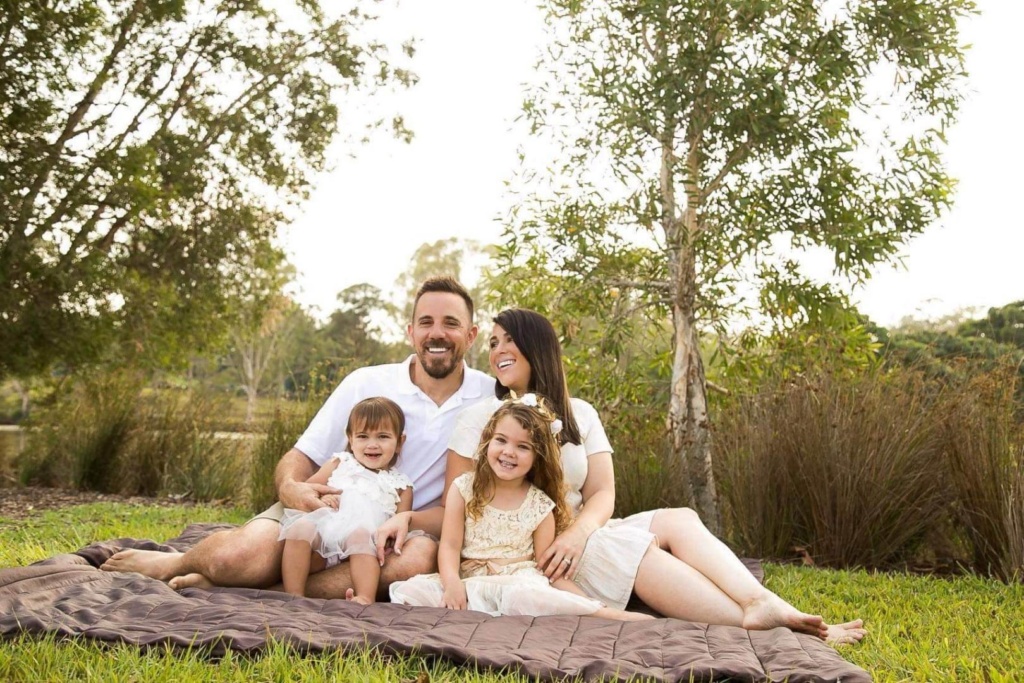
“So overall my wants, my wishes, my dreams, my hopes and ambitions of my two little people are that they are happy. simply happy ..”
– Ashley
In 2036 your 2 year old will be 18 and your 4 year old will be 20… What does this world look like for you and your child?
I was asked an important question about what I see for my children in the future. it’s funny how one simple question can bring up so much emotion surrounding what the future holds for my child. When you live in a time that is changing so much , it’s tough to think about what their little futures hold, will time heal the world or will it damage the world further!
The world is forever changing, as are the directions we choose to go. What are my hopes and dreams for them ?, Well that question is simple to answer, yet I feel the need to elaborate on what I truly want, see, hope and dream of.
I hope for happiness and health, for love and wellbeing. I hope that life is fair to them, That they surround themselves with people who see their worth, men that respect them, friends that cherish them, and work jobs that inspire them to be the best they can be, whilst fulfilling their inner strengths. I hope they dream of all the possibilities and ways they can contribute to changing the world, and work to fulfil their own dreams and ambitions along the way. I hope that they give to the world and never expect anything in return. I hope they be kind to the older generation, understanding of the disabled, lend a hand to the poor and be fulfilled in knowing they made a difference. I Dream of a world for them where there is no fear in being you, if your gay be gay, if you want pink hair, dye it pink. if you want to own 50 dogs then invite me over to play with them.
As for dreams. Dreams are dreams. Most of the time they are things we know we can never achieve yet spend a life trying to. I dream of world peace, call me Mrs. universe. I dream for them that they live in a safe world, As a parent you want to protect them from harm, from bad, I dream that I won’t need to, that they will never endure the worst of what is out there.
Let’s talk skills and Qualities, I believe both my children have a bright fire in their soul, one full of passion, cheekiness, creativity and love. If I could see them be anything I’d want them to be what I am and more. I may not have had the best education, be the sharpest tool in the shed, but my values , my skills, and qualities all surround CARE. I want my girls to be carers, nurses, doctors, disability workers, counsellors, great mothers, wives. I want them to CARE for people, because caring for someone is such a selfless act. My favourite memory behind my skills of caring is of a dear old lady Maybe, I spent more time than allocated, doing her hair, dressing her in her finest clothes, putting her in her favourite position in the dining room of the nursing home. Id paint her nails, read her books, drink cups of tea with her on my tea break, all because seeing her happy made me feel that the skill of caring was where I was meant to be the day she died she took part of my soul with her. If my children want to be scientist, designers work in the supermarket stacking shelves, then ill support them with their growth, As long as what drives them is caring about the people they work with or for. I could sit here and tell you I want my girls to be CEOs, be rich, be famous, but in my eyes money doesn’t make you happy, okay it makes life easier But happiness comes from being surrounded by health, love and other caring people, by all means if you can achieve the above and be fulfilled in all aspects of your life and be happy along the way, then be my guest , I’d love a cabana on the water in the Maldives when you’re rich enough to afford it.
So overall my wants, my wishes, my dreams, my hopes and ambitions of my two little people are that they are happy. Simply happy.
Love Ashley
Little Scholars mum
Lactation cookies are a great way to help increase your milk supply! The key ingredient is the brewer’s yeast. It’s not recommended to substitute this for any other kind of yeast. This can be generally found in natural sections of supermarkets. Make sure the label says Brewer’s Yeast. When we asked a few store clerks they pointed me to other yeast which is not the same. The flax and oats are also great supply boosters too which is why they are included in the recipe.
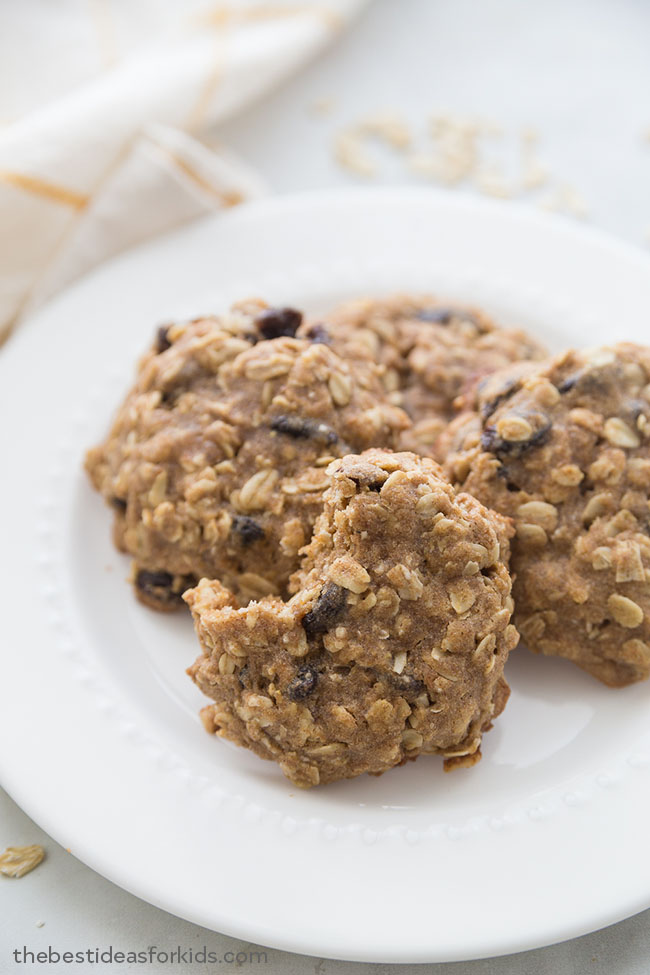
You might also be wondering, can anyone eat lactation cookies? Yes! All of these ingredients are safe for anyone to eat. Be mindful that consuming lactation cookies before birth may not be helpful in boosting your milk supply.
These oatmeal raisin lactation cookies recipe are loaded with healthy ingredients. We added whole flaxseed for additional health and milk-producing benefits. We have coconut oil in place of butter to get the benefits of coconut oil. If you don’t have coconut oil, you can still make them with butter.
This is really going to depend on your body and your own personal milk supply. Typically eating 2-3 a day should be enough to notice a boost in your milk supply.
It can depend on the individual, but typically you should see results within 1-2 days. Moms will typically notice an immediate boost in my supply. So hang in there, you should be producing more in no time!
You might be wondering also if you can make this lactation cookies recipe without brewers yeast. You can, but you won’t see the same effects in your milk supply boost as you would if you included the brewer’s yeast. If you’re looking for a brewers yeast substitute for baking these cookies, it’s important you do not substitute the brewers yeast for other yeast as you will not see the same results (and they may not taste good).
Prep Time: 20 MINS Cook Time: 12 MINS Total Time: 32 MINS
An easy to make oatmeal lactation cookie recipe.
Instructions
Recipe Notes
The whole flaxseed is optional. You can substitute the whole wheat flour for regular white flour. You can also substitute the coconut oil for butter.
No matter your age, communication is an important skill. For pre-schoolers though, their ability to communicate and listen to instructions is a steep learning curve in their development. At times, it can be frustrating if an adult can’t understand what the child is saying or the child can’t use words to share what they mean. Learning effective communication is a crucial part of child development. During the preschool years, a child will have enough vocabulary to engage in simple conversations as well as share how they feel. To encourage positive communication with children, here are some powerful tips.
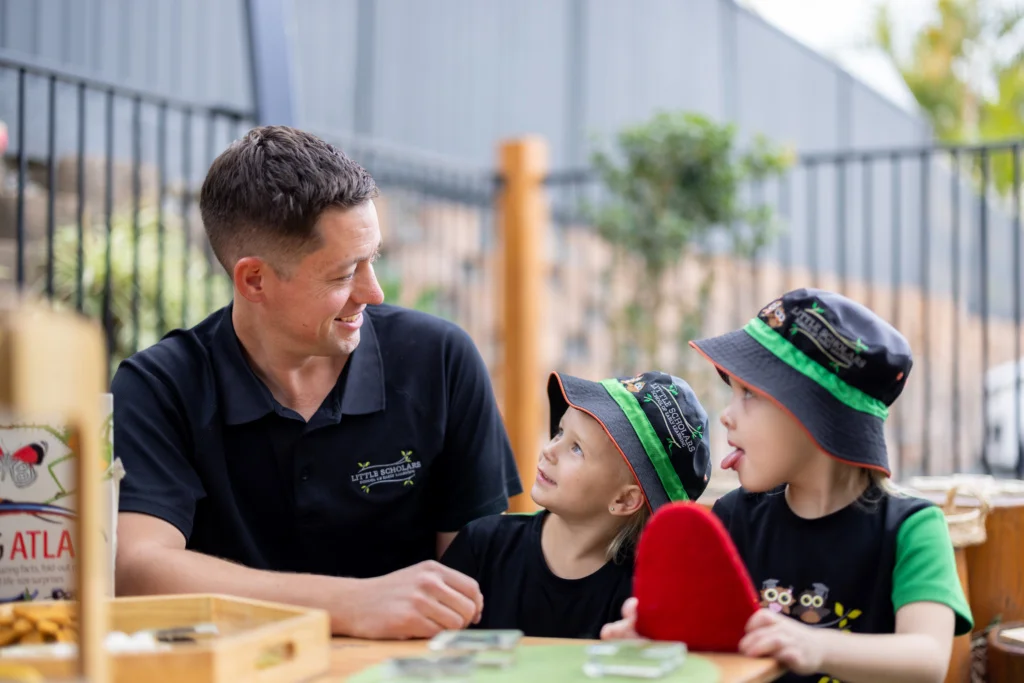
A preschool child will either share in detail what they know when re-sharing a story or they may only give basic information about the event. To keep the lines of communication open between a child and adult, rather than listen to respond, listen to understand. Your child wants to know you understand them, no matter how significant or insignificant the event may seem to you. It’s important that children feel free to speak as this can build their confidence and esteem when communicating. This can also be foundational to future conversations as the child gets older.
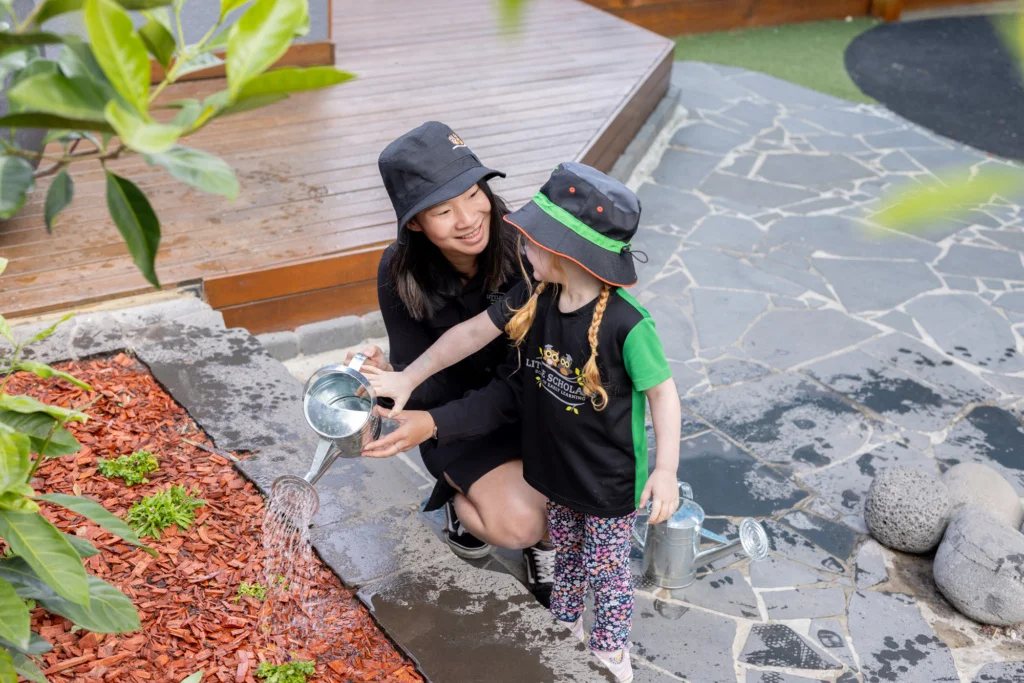
To help children feel more comfortable when communicating with you, bend so that you are at their eye level. This proactively shows you are listening to what they are saying and are paying attention. It also builds the connection between adults and children.
There will be times when challenging behaviour by the child will need to be addressed but it is important to deliver negative feedback in a way that leaves the child with a positive outlook. This is important for a child to experience as it prepares them for how they manage negative conversations in the future. Bending and speaking calmly to a child about their behaviour can help the child feel less intimidated so they can comprehend what is being said to them. Giving them some gentle guidance about how they could make a better choice next time helps them to feel positive about the interaction.
Communication is developed through expressing how one feels. When a child opens up about how they feel, they want to be acknowledged. Don’t dismiss what they share by saying ‘stop crying’, or ‘you’re being silly’. These can make the child feel invalidated and is a surefire way for them to conceal how they feel in the future. Crying is a human emotion and to a child, whatever they’re upset about is important to them. We want children to feel comfortable sharing their feelings and emotions. ‘It seems like you’re feeling really _____, that must feel hard.’
You could also show you’re curious about their emotions, which may open up the communication with your child. “You seem mad, I wonder why you’re feeling mad at mummy?’
Keep the lines of communication open by offering empathy. Respond with something like, ‘I want you to know you can share anything with me, I will love you no matter what. I’m here for you.’ This will help them share how they feel with no fear of judgement so they don’t feel unheard or misunderstood.
Children can say and do things that can provoke an emotional response from you. Positive communication with children relies a lot on how you control your emotions. Refrain from saying words that you may regret later. Control strong outbursts and try to remain calm – especially when bad behaviour occurs. Counting to 10 before responding to a child can be a great way to help diffuse emotions, before speaking them out.
When talking to children, be clear with instructions and confident when delivering them. If a child can sense a lack of confidence in the way you speak to them, they will often do the opposite of what has been asked. The delivery of communication is important for mutual respect to occur.
The best way for your child to understand positive communication skills is to practice them! Whether it’s talking about a book you’re reading together, or role playing as you play together, there are lots of subtle activities to help your child improve his or her communications in a positive way.
The way you speak to children not only reflects your character, but also leads by example. Children will imitate the behaviour they see. Be assertive when communicating, so your child can learn to be assertive when communicating with others.
At Little Scholars, we pride ourselves on maintaining respectful and positive communication with children at all times. Discover how we can help your little one express their full potential. Contact Us.
Looking for play ideas for your little one? There are many ways for your two year old to play, explore and learn that don’t involve store-bought toys. With creative use of everyday things around the home, you can inspire your toddler to use their imagination, develop their curiosity and learn through simple, inexpensive fun!
Items around your home that you use every day can make wonderful toys for toddler play. Your kitchen holds lots of fun for your two year old (but lots of potential danger too so always supervise and ensure the items they choose to play with are appropriate). Pots and bowls, plastic or wooden spoons, colanders, cups and even dried pasta can be lots of fun. Show your two year old how these household items could be used to make music, stack up or collect things in. Watching you have fun and be silly will inspire them to do the same.
You can include ‘loose parts’ in your child’s play to encourage early learning. These are items that are often found around the home. New sponges, scrap fabric, paper, cardboard and empty boxes and bottles of different sizes. Often items that are in your recycling box are perfect for loose parts play. Go through and find some suitably safe and clean pieces then sit with your two year old with some masking tape and create something special.
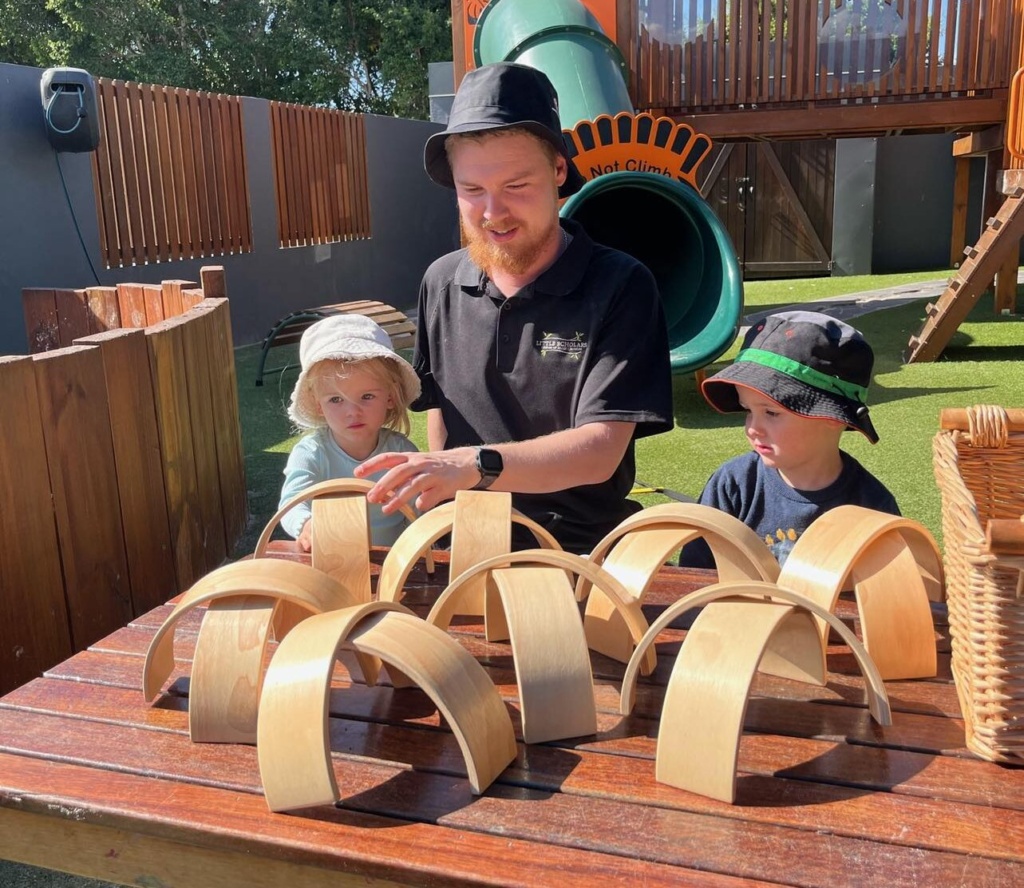
What about toys for two year old greenies? Nature provides a wonderful sensory world for you to explore with your toddler – no batteries required! Leaves, rocks, shells and sand can be used to make patterns with, or why not collect and compare colours and sizes. Try painting your nature play items or gluing them into a collage.
Sensory fun is great for toddlers. Your two year old will delight in exploring new smells, textures, sights and sound with you.
Why not try playing with sand together? Whether you’re at the beach or simply at home with a small container of sand, there are so many opportunities to engage your little one. Add some water and build a castle or make sand pies for pretend eating! Even the simple feeling of scooping up the grains of sand in their little hands can keep a toddler entertained for an extended period. Rice or pasta can be used as a substitute for sand. Filling up a cup with rice and then pouring it back out again is great fun!
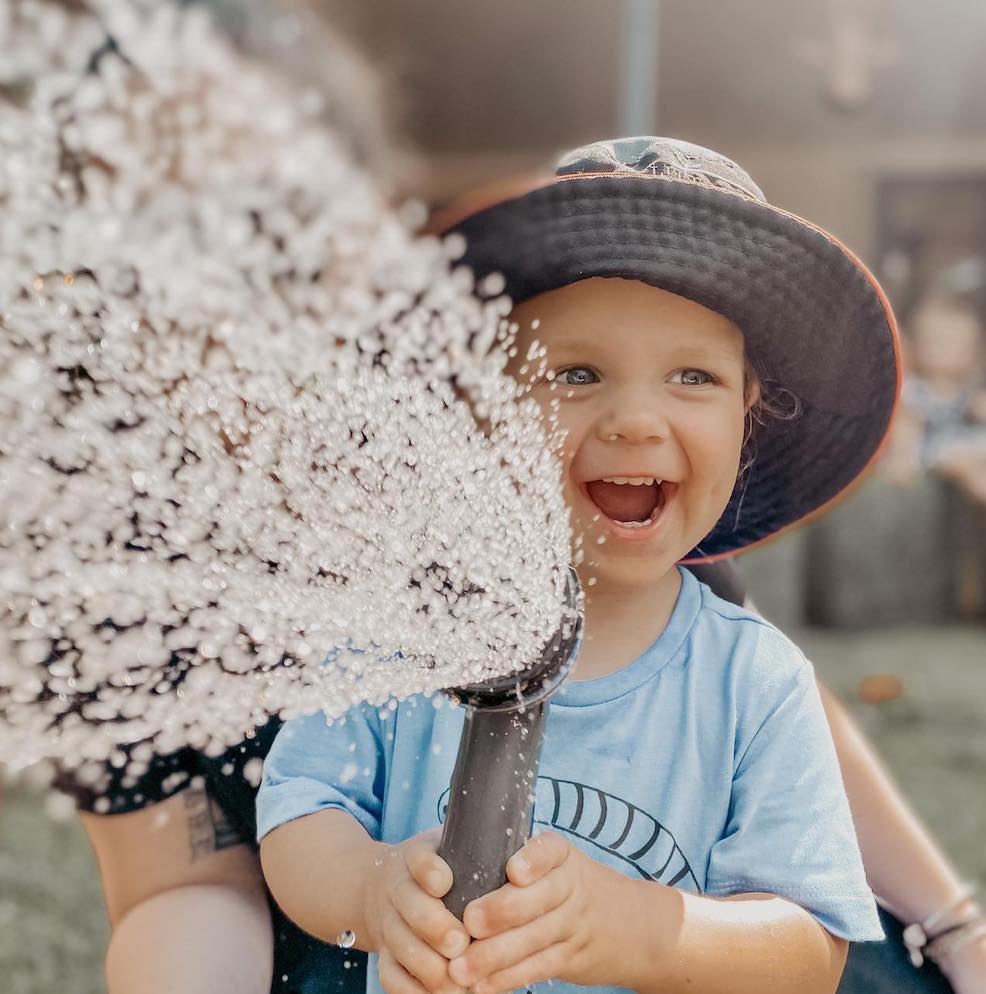
Water is another easy way to play together. Try washing some plastic dishes together or give some toys a bath. But prepare to get soaked – that’s half the fun!
There are many ways to teach your child to play and explore without toys – and you are the most important part! You are your child’s first teacher and everything is more fun when you’re involved. Take some time to sit in the sand, bang on a pot with a spoon or go for a walk and collect leaves with your child. Guide, explore and inspire your child to play with the world around you. You’ll both have lots of fun!
Looking for quality childcare for your two year old? Our unique and engaging curriculum is designed to bring the best out of every child. Contact Little Scholars today! Contact Us
Don’t do it alone. We are here to help.
Including us (the Little Scholars crew) in the toilet training process is invaluable because our Educators often are among the first to recognise when a child is developmentally ready to toilet train, we can communicate with you and provide appropriate and continuous toilet training methods and messages, and we can help teach your child proper toilet training practices.
Little Scholars believe It’s important that we work in partnerships with parents while the child is learning to use the toilet.
For a child, toilet training is a big milestone. It’s also a time for them to learn to attune to their bodily functions and to understand when it’s “time” to go to the toilet. During this time you need to be patient and encouraging – the child is learning a new skill and it’s often and a process of trial and error and accidents will take place
Parents, as well as the educators, need to be on the same page when it comes to supporting a child through toileting. We like to talk to parents to know what is happening at home in regards to toileting. A general rule is that toilet training should be started at home before toileting starts at the campus.
Toilet training trouble getting you down? Take comfort in knowing that you are not the first parent to experience this – and you won’t be the last! Learning new skills can be a challenge for toddlers but none are quite so fraught with worry – and the potential for mess! – than learning to use the toilet independently.
Don’t give up hope just yet! Read our five tips for an easier transition into successful toilet training.
One of the biggest mistakes parents can make is to begin toilet training before their child is truly ready. Pushing a child to learn a task they are not mentally and physically ready for is a recipe for tears – both yours and your little one’s. Most children become ready to toilet train between the ages of 2 -3 years old. Some require very little encouragement and others may need a gentle nudge in the right direction.
Look for the following signs to gauge readiness in your toddler.
You’ve seen some of the signs of readiness in your child so you want to begin toilet training right away. But wait? Is now the right time? Here are some things to consider.
You’re ready, your child is ready! Now what?
Toilet training at home is one thing but heading out with a newly trained toddler in nickers is quite another! If at all possible, it’s best to avoid long trips away from home until the training is well-established and your child can stay dry for extended periods of time. If this isn’t practical, the best plan is simply to be prepared.
For some children, toilet training is a cinch. Others take a little more time. Whatever you do, don’t bother with comparisons. Every child is beautifully unique and their journey is their own. If you meet with very strong resistance and absolutely no success initially, leave it for a little while. The greatest setback to toilet training success is when it becomes a huge and unpleasant battle. Take a breather and revisit again – in a week, in a month. If you tried repeatedly with no luck and your child is heading towards four years of age, it can be useful to see your family doctor for further advice and to rule out any other issues.
But remember, with loving support and encouragement, your child will eventually get there. You can do this!
Find out more about the premium facilities and unique learning opportunities at Little Scholars. Arrange your tour today.
“ Loose parts play ” is an architectural concept from the 1970’s currently enjoying a resurgence in popularity in the early years learning curriculum framework. This development is enjoying burgeoning popularity in childcare centres and kindergartens across Australia. Early educator are choosing to embrace ideas of empowerment, creativity and self-directed learning. We believe that children are never too young to engage their minds through play, and we love seeing little people imagining big ideas!
Loose parts play is effectively ‘junk drawer play’ but on a much larger scale. It involves all the bits and bobs and odds and ends of life that adults struggle to find multiple purposes for.Children, however, are the masters of imagination and creativity. With supervision and the slightest adult facilitation, they can turn what we would see as a pile of rubbish into a wonderland. Secret tunnels, magic portals, precious gemstones and buried treasure take their place alongside makeshift transportation, musical instruments and construction vehicles.No idea is wrong. No idea is too big or too small or out of place. Everything can shift and change and flow with the reversal of expectations and the removal of ‘rules’. It’s this very concept of a positive sense of self that links loose parts play directly to the Little Scholars philosophy of learning.
Loose parts play is a revolution for the burgeoning development of a child’s thinking processes. Our educators do not tell children ‘how’ to do things, only that they may do what they like. This means that sometimes materials are used in ways that adults would not have expected. This subversion of expectation creates a dynamic in which the children are in charge and they are permitted to let their imaginations run wild, forming a vital part of their early learning curriculum.
Learn more about Loose Parts Play by downloading this guide by the Australian Children’s Education and Care Quality Authority.
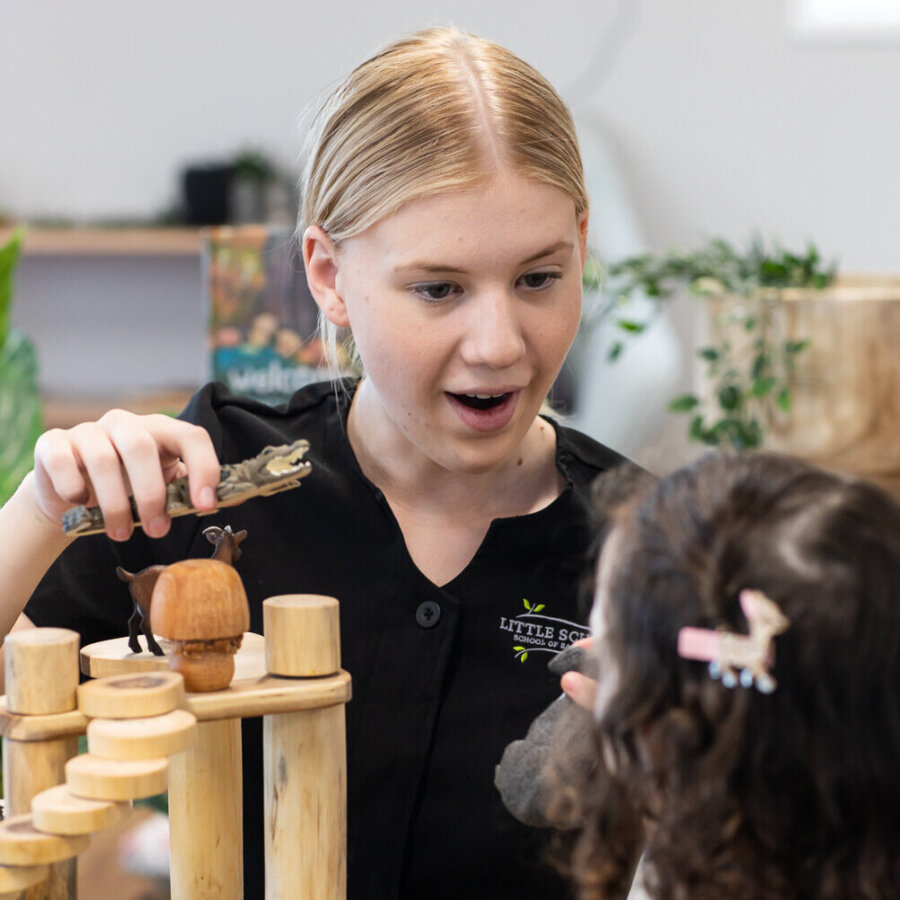
Our centres provide a wide variety of materials for loose play learning. We check every item for safety (no loose nails or splinters etc). From there, the learning is at the direction of the child. You might find the following items in a loose parts play environment. We encourage parents and carers to add anything they feel might be suitable for this wonderful explosion of delight and design.
Little Scholars are an innovative educational experience for children in their early years.
Contact us today to discuss your child’s enrolment. We give your child more than just supervision.
Our centres provide creative and intellectually stimulating activities for early learners of all ages. Give your child the very best during this important developmental stage.
There’s nothing like a three year old with a transport obsession! Plane, ship and train spotting is an excellent way to encourage your child’s interests whilst creating an engaging, contextual learning experience that can connect their early learning centre activities to the real world. Your child’s interests in transportation and machinery will have been noticed by their early education teachers and encouraged. You can expand on their excellent work by crafting a family day out that everyone will enjoy.
Here are the best places to go train spotting in the South-East Queensland region. Train spotting in Brisbane isn’t just limited to the electric train system. The Caboolture line especially boasts a broad variety of freight trains, long distance passenger trains and even the odd diesel. Anyone with a Thomas obsessed kid will know all about diesels! Thomas lovers may also enjoy a day trip out to the old turntable in Imbil. If you want to take the train spotting experience further, you can always book a Steam Train Sunday ticket or ride the Valley Rattler historical park in Gympie.
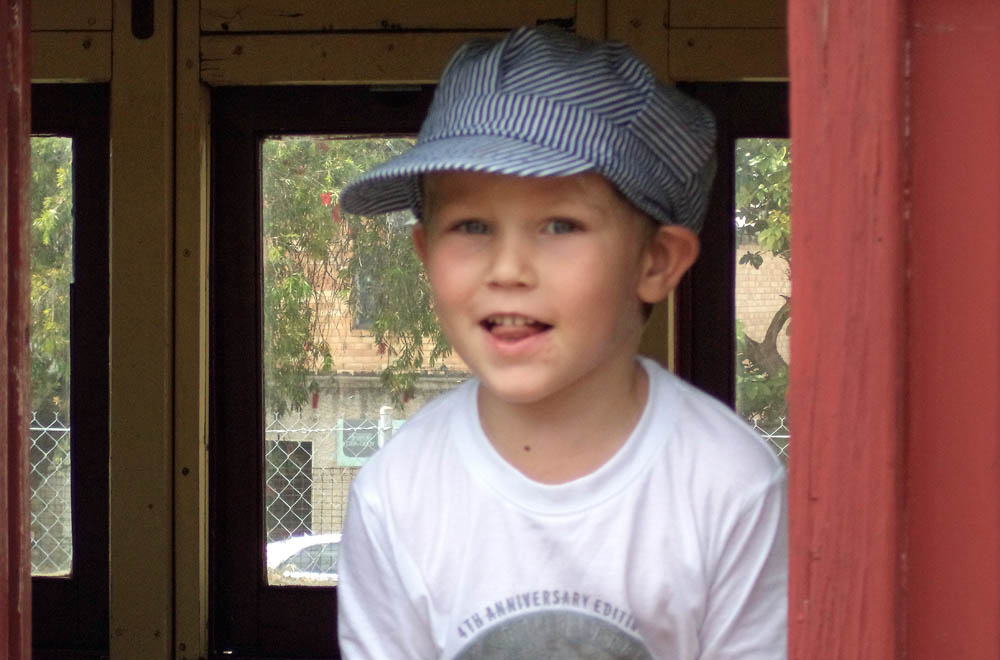
Got an eagle-eyed toddler in love with planes? Here is where you can take them to spot planes near Brisbane.
Don’t forget the wonderful Sir Charles Kingsford Smith Memorial near Brisbane Airport. The memorial features The Southern Cross aeroplane, carefully preserved for eager aviation enthusiasts, displayed in a giant hanger. It’s open 24/7 and is completely free. Learn more here.
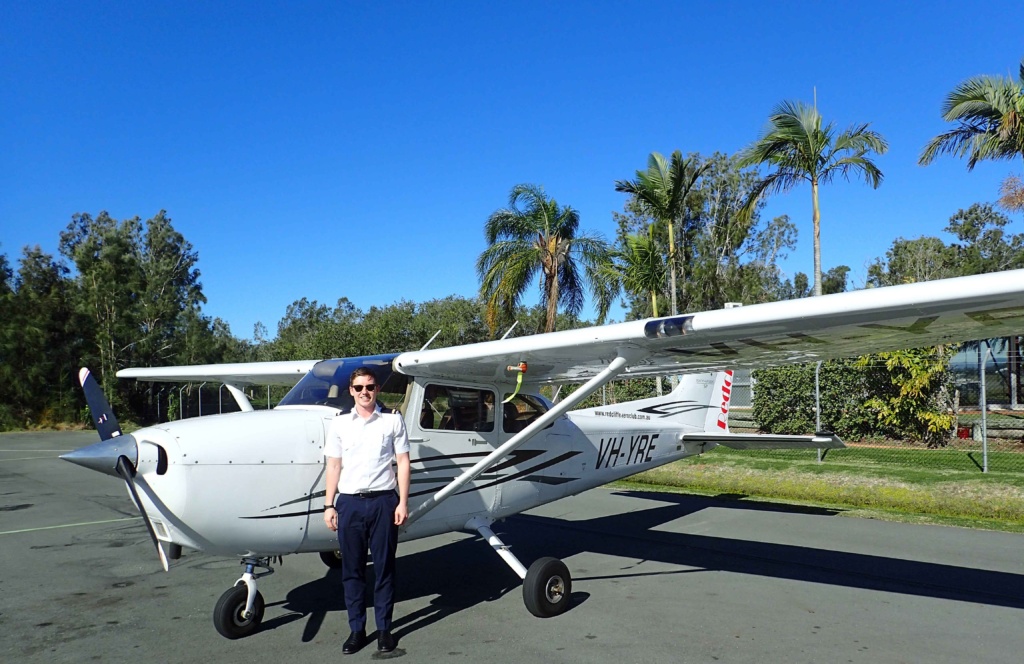
There are a number of excellent vantage points from which young learners can see enormous ships. Any coastal point that you can find is going to offer many opportunities to spot a variety of ships. A fun idea for Brisbane families is to head to the P&O Docks at Hamilton to see the huge cruise liners come in to port. Imagine the look on your child’s face as they are completely dwarfed by the ship of their dreams! This spot offers a plethora of family-friendly dining and activity options in the surrounding areas to cap off a wonderful family day out.
Anywhere along Bramble Bay and on the Redcliffe Peninsula will offer little ship spotters great views of cruise ships and freighters coming in and out of port. You can also take a drive out to the Port of Brisbane to see these giants up close.
To truly pique little interests, toddlers love a visit to the Queensland Maritime Museum where they can get up close and personal with a variety of different vessels.
Becoming involved in, and planning activities around, your child’s interests is not only an excellent way to connect their learning between home and school but to create special moments together that can sometimes be lost in the grind of the day-to-day.
Looking for other great ideas for your toddler this weekend? Check out our guide to toddler friendly bushwalking!

Looking for the right childcare experience for your little plane spotters? At Little Scholars, we believe in embracing your child’s natural curiousity and helping them to develop interests. Tour our centres across Brisbane and The Gold Coast to see how we do early learning better.
Now more than ever, it is of the upmost importance that we foster sustainability for children. The banning of plastic bags from supermarkets, the cultural shift towards upcycling and repurposing and our renewed focus on the environment means that our children are well on their way to becoming the eco-warriors of the next generation.
Little Scholars places a lot of importance on the need to create a sustainable world. It is at the very core of our curriculum – particularly our Small Green Steps Program. We recycle our resources, conserve our water and practice energy efficiency. Our cleaning products are made from natural ingredients and come straight from organic sources. The gorgeous campuses made of sustainable material blend effortlessly with our breath-taking natural surrounds and we ensure there is a little of the environment within everything we do.
These are lessons that you can take home with you as well. Sustainability in early learning can very easily become sustainability in the home. Here are some ideas for embracing these concepts on your own property.
Allow your toddler to take part in the recycling activities that you do as part of your time with them. When it is time for the weekend shop, ask them to collect your green bags and put them in the boot of the car. During shopping, talk them through your choices and try to stay away from the over-use of plastic wrapping.
Not really a green thumb? That doesn’t matter. What does matter is allowing your child to become involved in planting and gardening. Little Scholars has woven gardening into the curriculum. Continuing the message at home is an ideal introduction to sustainability for little ones. Vegetables on an apartment balcony, flowers in a window sill – doesn’t matter. Choose the plant, tend to the plant, watch it grow. You might just be planting the seed of sustainability that could last a lifetime.
Put a stop to ‘throw away’ culture in your house. Ask your child to collect any old or unwanted toys and take them to the Op Shop together. Take a drab old bookshelf and paint it crazy colours to give it a new life. Turn ripped and torn old shirts into cleaning cloths, dress up clothes or crazy headbands.
At Little Scholars, we believe that sustainability in childcare is an important stepping stone towards creating environmentally aware citizens of the future. Find out how our program incorporates sustainability for children and much, much more.
At Little Scholars School of Early Learning, we’re dedicated to shaping bright futures and instilling a lifelong passion for learning. With our strategically located childcare centres in Brisbane and the Gold Coast, we provide tailored educational experiences designed to foster your child’s holistic development.
Let us hold your hand and help looking for a child care centre. Leave your details with us and we’ll be in contact to arrange a time for a ‘Campus Tour’ and we will answer any questions you might have!
"*" indicates required fields